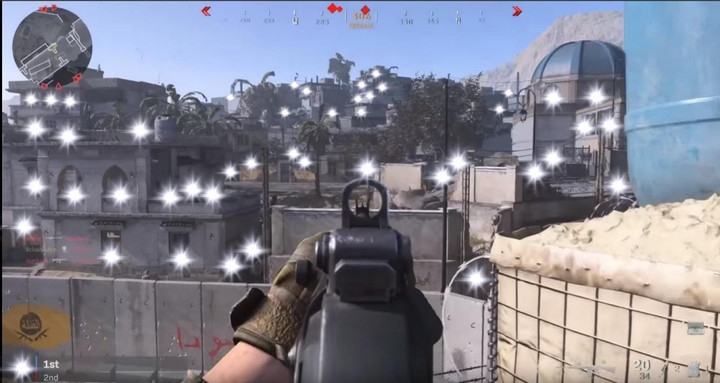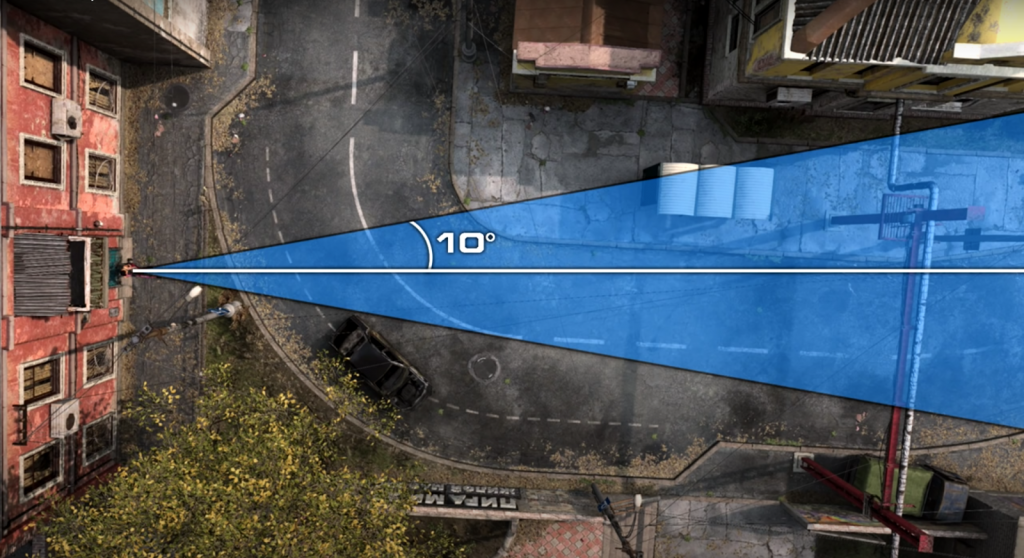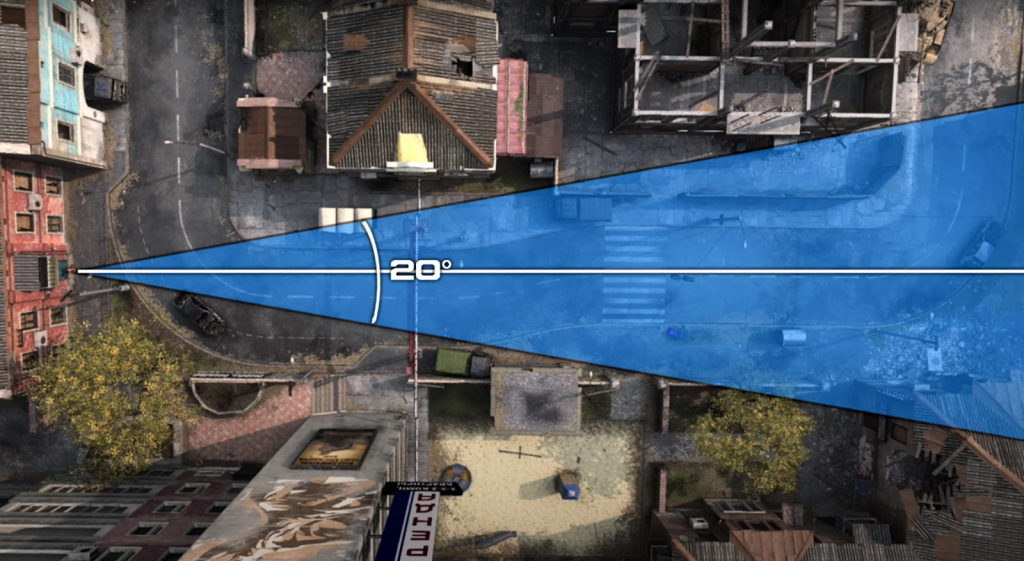Scope glint in Call of Duty: Modern Warfare’s battle royale offering Warzone can be the cue you need to realise an enemy is targetting you, and duck for safety and in the process saving you a trip to the Gulag. Learning under what conditions you can see enemy scope glint, and when you yourself are signalling your position is an important part of surviving in Verdansk.
YouTuber, streamer, and content creator TheXclusiveAce recently broke down in detail exactly how scope glint works, what optics and weapons it affects, and how to know if an enemy with a 1-shot kill cannon is currently looking at you. As he breaks it down, here is everything you need to know regarding scope glint in Warzone.
How scope glint works in Call of Duty: Modern Warfare - Warzone
First, it should be noted that scope glint is not a gameplay element that only affects sniper rifles in Warzone. Marksman rifles, assault rifles, and literally any other weapon that you can attach a high-zoom scope to will create a visible glint, as long as the scope/optic is equal to or higher than 4.0 zoom. This means that even optics such as the Variable Zoom Scope that starts with a zoom of 3.0 and goes up to 6.1 will produce a glint even when using a lower zoom.
Scope glint is visible in the shape of a cone that extends 10 degrees on either side of the gun. (Picture: TheXclusiveAce)
As a sniper, using a scope that produces a glint will create a visual area of effect of 10 degrees on either side of your weapon that can be spotted by enemies. This equates to a full 20-degree cone of space that of course compounds at greater distances. As a player on the receiving end of a sniper rifle’s round, this means that while you may spot a sniper at long range looking in your general direction, it does not mean they are looking directly at you. In contrast, at close to mid-ranges, you should take immediate cover as you can be almost 100 percent certain that you are being aimed at.
The cone of the scope glint extends out in an ever-expanding cone. (Picture: TheXclusiveAce)
According to testing by TheXclusiveAce, the distance that scope glint is visible may be infinite. At over 800 meters, the scope glint demonstrated by him and another tester could be seen clear as day. This is great knowledge to have and can save you from being unaware as you are counter-sniped by an HDR across the map by someone who just so happened to spot your scope glint.
Glint is also unaffected by windows, so light refraction here follows normal video-game physics in that it's simply for game balance, not realism.
For more Call of Duty news, be sure to check out our dedicated section or some of our MW2 Guides & Tutorials below:
Modern Warfare 2 Guides - Jack Links Skin | Unlock All Operators | Check Server Status | Get Twitch Drops | Post-Credit Scene Explained | Unlock Gold Camo | Get Burger Town Operator | MGB Nuke | Unlock Every Weapon | All Killstreaks| Safe Code Locations | Check KD Ratio | XP Farm Trick | Chopper Gun Glitch | Weapon Tuning | Change Name Color | Hardcore Tier 1 Mode | Turn Off Crossplay | Steam Deck | Raid: Atomgrad | How To Play "Support A Team" | Unlock Orion Camo | Aim Assist Settings |
Modern Warfare 2 Fixes & Issues- Best NVIDIA GeForce Drivers | Dev Error 6036 | MW2 Missing Items | Unlimited Tactical Sprint Bug | Stuck On Installing Bug | Display Name Not Allowed Bug | Gold Camo Not Unlocking | Voice Chat Not Working| Display FPS Counter |
Best Modern Warfare 2 Loadouts - Best Weapon Tier List | M4 Loadout | PDSW 528 Loadout | TAQ-V Loadout | M4 Loadout | Fennec 45 | No Recoil M4 Loadout | SA-B 50 Loadout | Kastov-74U Loadout |

 No ads, our video library,
No ads, our video library,




